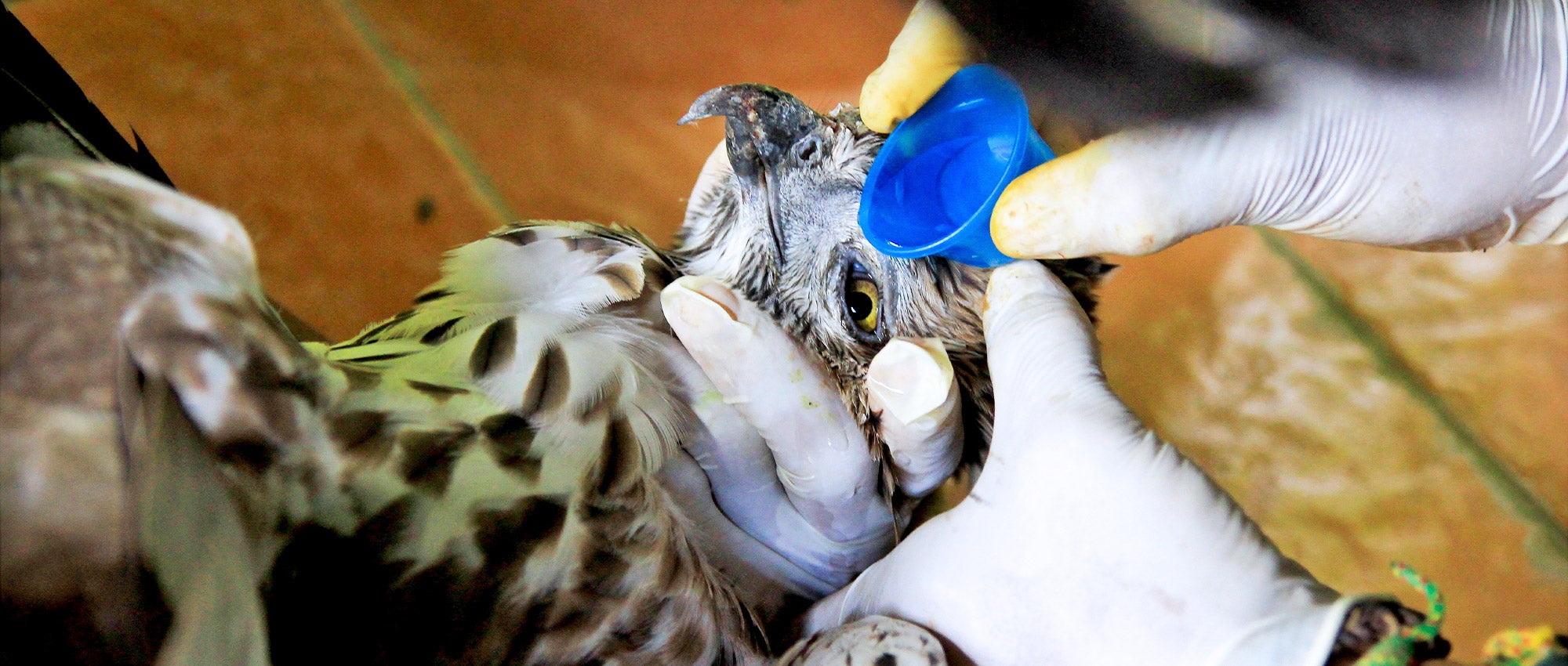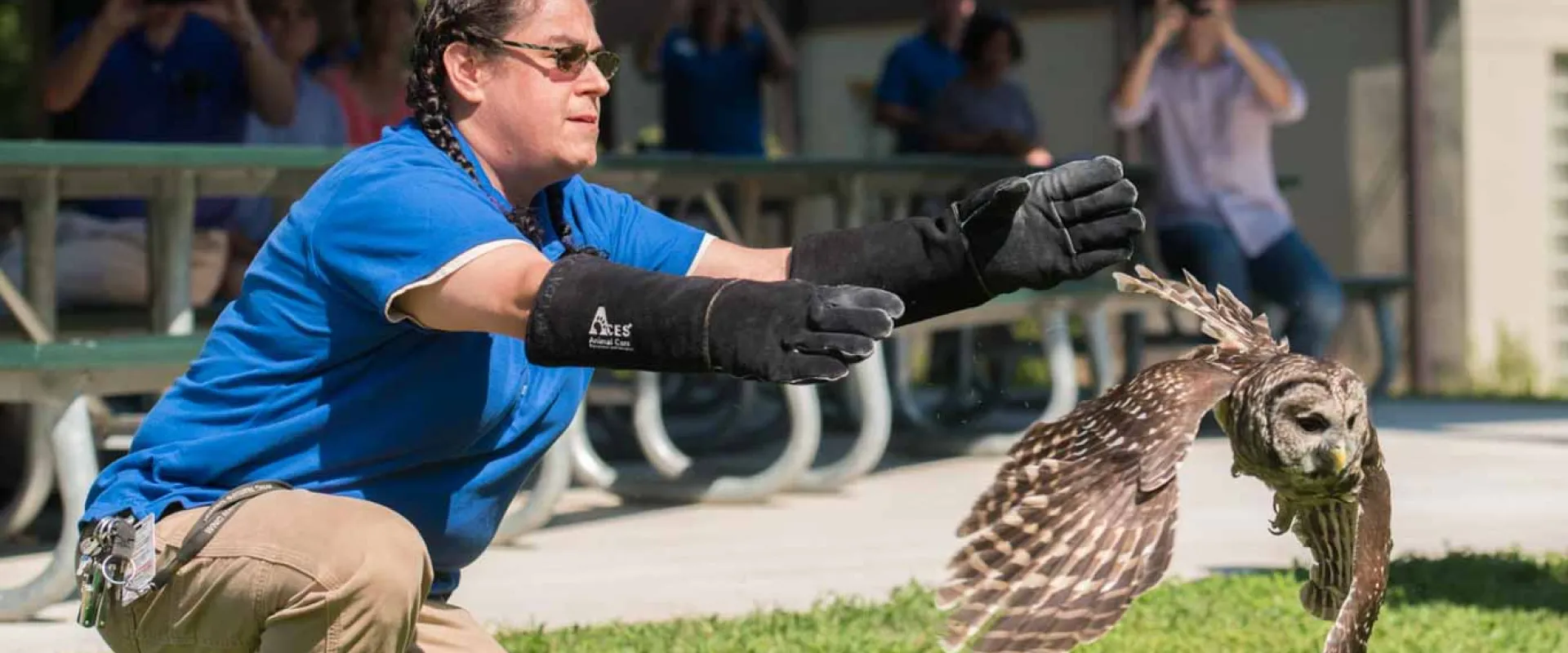Recognizing the Requirement for Animal Control Burlington in Urban Environments
Wiki Article
Typical Difficulties and Solutions in Urban Wildlife Removal Efforts
Urban environments existing unique obstacles for wildlife management professionals tasked with getting rid of or taking care of wild animals populaces. Recognizing the complexities involved in urban wildlife removal is critical for establishing methods that stabilize human security with wild animals well-being. This discourse looks for to reveal the complex balance needed for successful metropolitan wildlife monitoring.Honest Wild Animals Administration
Resolving the complexities of honest wild animals management calls for an equilibrium in between human passions and the preservation of wild animals communities. In city settings, this equilibrium becomes increasingly difficult as human growth encroaches on wild animals habitats, leading to constant human-animal interactions. Ethical wild animals monitoring in these environments demands techniques that focus on humane therapy of pets while reducing prospective problems.Among the core concepts in ethical wild animals management is the prevention of harm. This includes utilizing non-lethal approaches for wildlife removal, such as exclusion techniques that protect against pets from going into human homes, or utilizing deterrents that lead them far from city areas. Wildlife experts are entrusted with utilizing approaches that decrease tension and injury to the animals, guaranteeing their welfare is taken into consideration together with human security.
In addition, moral management requires educated decision-making based upon scientific study and environmental understanding. It is necessary to examine the environmental duties of city wildlife and just how their elimination could impact regional biodiversity. Professionals should also participate in public education and learning, promoting a more comprehensive awareness of coexistence methods and stressing the relevance of protecting all-natural habitats. Ultimately, efficient moral wildlife management involves cooperation between conservationists, policymakers, and the general public to sustain urban ecological communities.
Navigating Lawful Restrictions
Navigating the lawful landscape of urban wildlife elimination presents a complex layer to the currently tough job of honest wildlife administration. Lawful constraints are important in guaranteeing that wild animals is treated humanely and environments are preserved. These laws differ significantly throughout regions, demanding complete understanding and conformity from those associated with wild animals management. Regulations commonly define permitted methods of elimination, secured varieties, and licensure requirements, thereby shaping the techniques used by specialists.One major obstacle is the constant development of these laws, commonly driven by ecological adjustments and societal mindsets towards wild animals conservation. Thus, specialists must stay informed concerning current legal criteria and honest legal adjustments. Non-compliance can result in significant penalties, legal implications, and reputational damages.
In addition, partnership with regional authorities can be important in navigating these limitations effectively. Building connections with wildlife firms and lawful experts can offer important understandings and guidance. This collaboration makes certain that elimination efforts are not just legal however likewise straighten with more comprehensive conservation goals. Therefore, understanding and adhering to lawful frameworks is not merely a procedural need but a fundamental element of responsible and lasting urban wildlife management.

Security in Elimination Practices
Guaranteeing safety in wild animals elimination methods is extremely important to shielding both human and animal welfare. A main issue in wild animals elimination is the potential for injury or illness transmission to humans, requiring the usage of personal protective tools (PPE) such as masks, gloves, and safety glasses.
Safe elimination techniques also include making use of gentle traps made to protect against injury. These catches have to be regularly monitored to guarantee that pets are not left in distress. In addition, it is important to follow guidelines that dictate the suitable handling, transportation, and launch of recorded wildlife, guaranteeing that the pets are gone back to suitable environments where they can flourish without positioning additional dangers to urban environments.
In addition, education and training for those involved in wildlife removal are vital. This guarantees that all celebrations are aware of the most current safety procedures and strategies, consequently minimizing the possibility of accidents and advertising an unified coexistence try this site in between urban dwellers and wildlife.
Cutting-edge Deterrent Solutions
While safety and security in wildlife elimination is crucial, preventing experiences with urban wild animals with innovative deterrent options can substantially lower the requirement for such interventions. Urban settings, with their abundance of food and shelter, typically attract wild animals like pigeons, raccoons, and squirrels, leading to prospective problems. Developments in innovation and layout have actually led the way for reliable and innovative deterrent methods that minimize wildlife visibility without injury.One such service is the use of ultrasonic tools, which discharge high-frequency sounds faint to humans but unpleasant for various wildlife species, driving them away from certain areas. Furthermore, motion-activated sprinklers can hinder pets by startling them with abrupt bursts of water, successfully dissuading their return. These devices are especially valuable in safeguarding gardens and green rooms from foraging animals.

Moreover, the assimilation of smart lighting systems that adjust their illumination and shade can interfere with the nighttime tasks of particular wild animals, reducing their convenience in urban settings. Physical obstacles, such as bird spikes and nettings, continue to work as sensible deterrents, stopping animals from nesting or roosting in unwanted areas. Stressing humane and environmentally friendly methods, these innovations hold assurance for lasting metropolitan wild animals monitoring.
Community Education And Learning Initiatives
Comprehending the relevance of community education initiatives is essential in dealing with urban wild animals obstacles properly. Such efforts play a significant duty in fostering coexistence between people and wildlife in metropolitan settings by elevating awareness and promoting liable habits. Enlightening locals about neighborhood wildlife types, their environments, and behaviors can minimize misunderstandings and worry, bring about even more informed decisions concerning wildlife administration.Community education and learning initiatives commonly include workshops, workshops, and outreach programs developed to engage homeowners of every ages. These efforts can concentrate company website on sensible advice, such as protecting waste containers, installing bird-friendly frameworks, and avoiding feeding wildlife, which go to the website aids avoid bring in animals right into city locations. By sharing expertise about the eco-friendly duties of wild animals, neighborhoods can shift point of views from watching pets as hassles to acknowledging their worth within urban environments.
Additionally, education and learning campaigns can equip communities to participate proactively in preservation efforts. Homeowners that recognize the value of wild animals preservation are most likely to sustain humane elimination techniques and environment defense measures. Efficient area education and learning requires partnership in between local authorities, wild animals professionals, and area leaders to create tailored programs that resolve certain metropolitan wildlife problems. Such participation ensures that instructional efforts are both appropriate and impactful, promoting harmonious metropolitan environments.
Verdict
Urban wildlife removal requires a complex approach, resolving moral administration, legal conformity, and security in removal practices. Effective urban wild animals management hinges on partnership among authorities, professionals, and homeowners, ensuring techniques that secure human safety while respecting wild animals well-being.Urban atmospheres present special difficulties for wild animals monitoring specialists charged with removing or taking care of wild animals populations. Understanding the intricacies included in metropolitan wildlife removal is vital for creating methods that balance human safety and security with wild animals welfare.Navigating the legal landscape of city wildlife elimination provides a complicated layer to the already challenging job of moral wild animals administration.While safety in wildlife elimination is vital, stopping experiences with metropolitan wildlife through innovative deterrent options can significantly reduce the need for such interventions. Successful city wildlife management pivots on collaboration amongst citizens, authorities, and specialists, making certain strategies that protect human security while appreciating wildlife well-being.
Report this wiki page